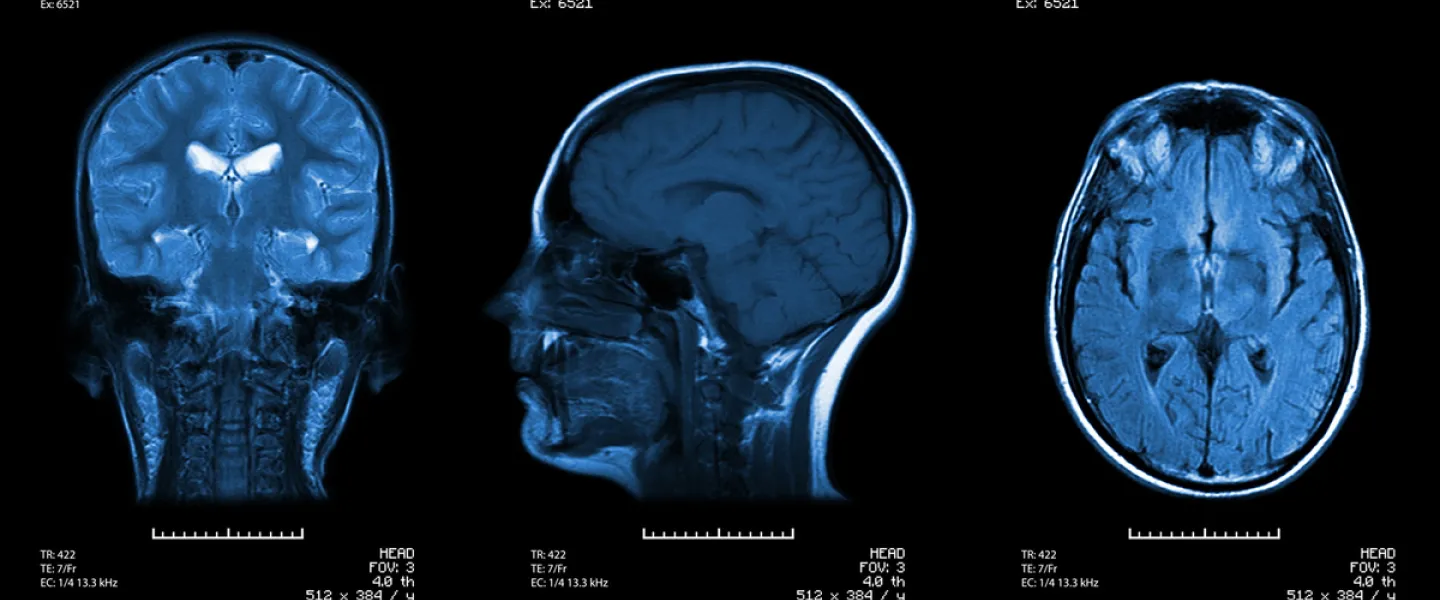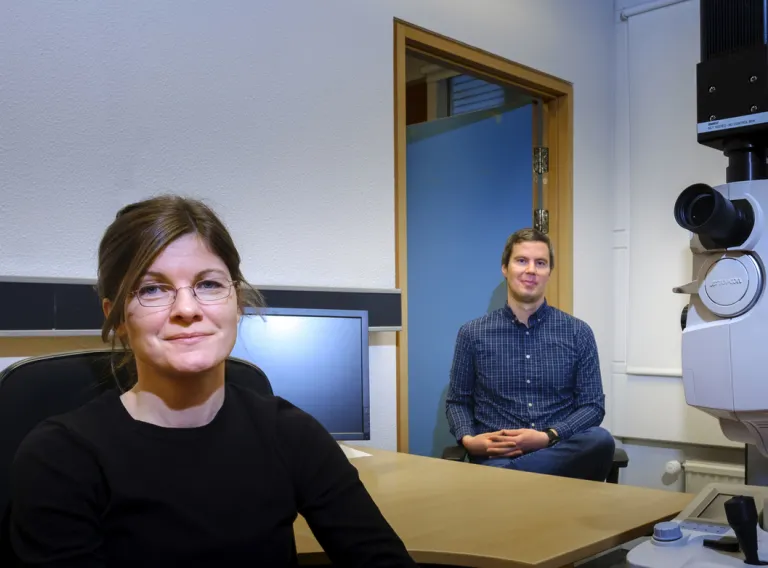
"Alzheimer's disease and other related diseases are both common and serious. With the global median age rising, diagnoses of dementia conditions like Alzheimer's are becoming more frequent. It is therefore important to find ways to diagnose the disease early," says Sveinn Hákon Harðarson, senior lecturer at the Faculty of Medicine's Institute of Physiology, who along with his colleagues, is working on a fascinating study of this common disease.
Alzheimer's is a neurodegenerative disease which usually leads to dementia. There is no cure to date and it is estimated that up to 50 million people worldwide are suffering from dementia.
It is not easy to diagnose the disease, since the symptoms can be subtle and complex, which is a problem that Sveinn and his colleagues want to solve. They are using technology developed at the University to explore whether measuring changes to the retina could help diagnose and assess the disease.
"The retina is closely linked to the brain and it is known that Alzheimer's disease leads to certain changes to the retina. The benefit of the retina over the brain itself is that it is quite simple to examine the retina by shining visible light through the pupil," explains Ólöf Birna Ólafsdóttir, a lecturer who is also working on the project at the Institute of Physiology.
Also involved with the research are others from the Institute and Landspítali University Hospital: Anna Bryndís Einarsdóttir, Róbert Arnar Karlsson and Einar Stefánsson, professor of ophthalmology. In fact, equipment developed by Einar, along with others including Jón Atli Benediktsson, Rector of the University of Iceland, led to the start-up company Oxymap and plays a key role here. This equipment is used to measure oxygen in the eye.
"We are measuring oxygen saturation in the retinal blood vessels of people with mild cognitive decline or Alzheimer's disease and comparing these measurements with those from a healthy control group. The measurements are based on special imaging of the retina, which makes it possible to use the colour of the blood in the retinal vessels to determine oxygen saturation. We are also taking conventional measurements of the thickness of the retina using OCT scans," says Sveinn.



